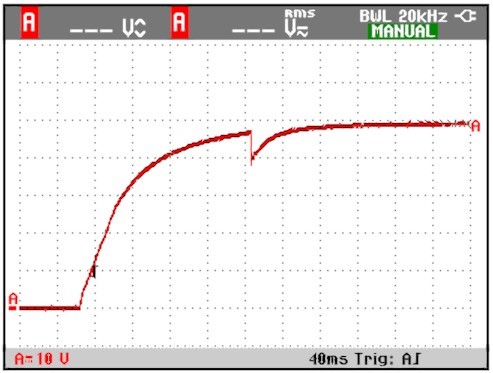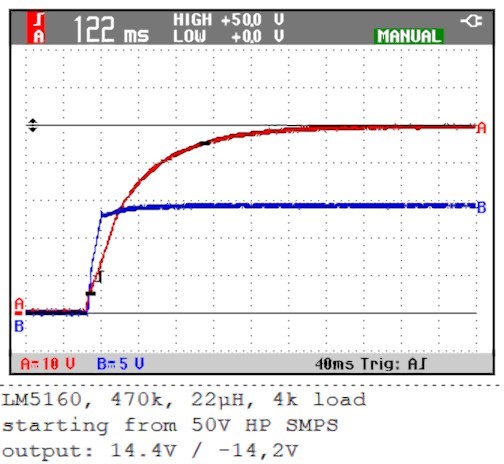Other Parts Discussed in Thread: LM5160, LM5160-Q1
Hi TI expers,
I designed small FlyBuck converter with LM5160A controller to generate a symmetrical supply rails from 50V DC source. I simulated the circuit and the simulation works well, but after creating small test-board I have hard time to get it run. Supplying the circuit from current limited bench power supply everything works well. Supplying the circuit from high power 50V power supply it burns directly :( Guys - what is here wrong??? Please see attached schematic and the photo showing where the IC burns - every time it burns exactly in this same point.






